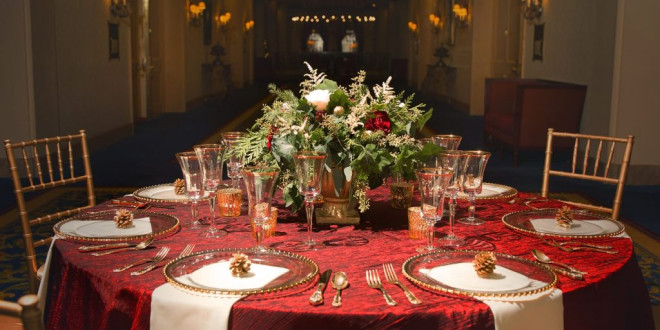[ad_1]
The customs followed by Sikhs during their wedding ceremonies are more or less similar to those practiced by the Hindus.
Pre Wedding Rituals
Like all other weddings, shopping is an integral part of a Sikh matrimonial. Sikhs begin their shopping for the wedding with the purchase of Rumalla Sahib – a set of four pieces of cloth that are beautifully embroidered and are used to cover the Granth Sahib. In a Sikh wedding, a lot is spend by the bride`s maternal grandparents and uncles on clothes and jewellery. They also host a meal during the wedding ceremonies.
Kurmai or Engagement:
The engagement ceremony or kurmai is usually a family affair. The bride’s family visits the groom’s house with gifts that include sweets, clothes and jewellery. The bride`s father gifts the groom a gold ring, a gold kara (bangle) and gold mohre (coins). Later on, these coins are strung into a black thread and given to the bride. She wears this around her neck and it is akin to the mangalsutra which is worn by Hindu women. But amongst Sikhs, this thread is worn by brides only during special occasions.
Chunni ceremony or the wedding veil:
After the engagement, it is time for the groom’s family to visit the bride’s house. For this ceremony, only close relatives and friends of the bride and the groom are invited. The groom’s mother and aunts give the bride a phulkari (traditional embroidery of Punjab) chunni. In this ceremony, the groom’s mother applies mehendi or henna on the palms of the bride. She is also given jewellery and clothes. Till sometime back, Sikh weddings were a long drawn out affair and after the engagement or Kurmai, the bride and the groom were confined to the house till the actual wedding took place. However, the trend has changed now and this period of confinement is just a day. Maiyan (when the bride and the groom wear just normal clothes to look brighter on the wedding day) signals the beginning of the confinement among the ladies of the household singing songs to the beat of dholkis (drums).
Vatna Ceremony:
The vatna ceremony takes place just a few days before the wedding. In this ceremony a paste of turmeric, sandal, cream and rosewater, called ubatan, is applied on the bride’s body. Under the shade of a bagh (a piece of handmade cloth with phulkari embroidery), the bride is scrubbed clean. Bagh is a piece of hand-made cotton cloth with phulkari work. A similar kind of ceremony takes place in the house of the groom as well.
After that, Mehendi is applied on the hands of the bride and other girls of the family too apply mehendi, which is followed by singing and dancing.
The Wedding Day:
A Sikh wedding usually takes place before noon.
On the wedding day, the groom’s sister-in-law (bhabhi) and other female relatives go to a gurduwara and fill a gharoli (earthen pitcher) with water. The groom uses this water to take bath. A similar ritual is performed at the bride`s house as well. After taking bath, she is made to wear the chura that constitutes of 21 red and white bangles. Then she adorns her bridal attire, which is a heavily embroidered salwar-kameez or lehenga-chunni
Meanwhile the groom’s side gets ready to leave for his bride’s house or where the matrimony ceremony has to take place. He usually wears a brocade ashcan (long coat) or a suit. When everyone is ready to leave, the groom’s sister-in-law (bhabhi) applies surma (kohl) in his eyes and the groom gives her money as a token of love.
The baraat arrives at the bride’s house or the location of the wedding amidst singing and dancing. The family members of the bride welcome the baraat. This small reception is called milni. A raagi (professional bard) recites the holy verse. Gifts are exchanged by the members of both families. After that, the groom is taken inside and this is the time for the bride’s sisters and friends to engage him in a session of teasing.
Then the actually wedding ceremony takes place. The families of both the bride and the groom assemble at the gurudwara. Raagis (professional bards) sing asa di var or the morning hymn. The couple is made to sit in front of the Guru Granth Sahib. The priest first recites the various obligations of a married life. After that, he sings the hymns of marriage from the holy book. During lawaan, the groom and the bride hold one each end of the scarf, which is usually of pink color. The bride is led by the groom around the Granth Sahib. After the fourth round, the groom and the bride are pronounced as husband and wife. All those who are assembled bless the couple and give them gifts and shagun. A big and lavish feast follows the ceremony of lawaan.
[ad_2]
Source by Sukhpreet Kaur Sawhney

